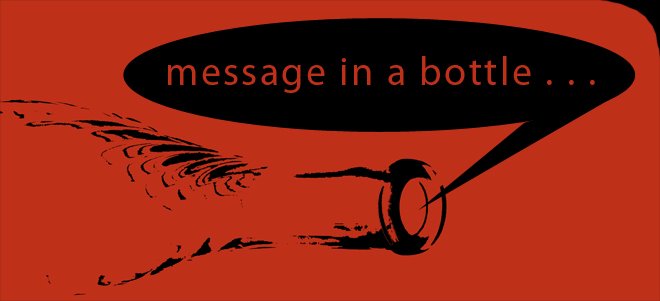So, now that you know that the purpose of the blog is to shed some light on the Vetrazzo culture, let me introduce you to Vetrazzo’s newest and most behind-the-scenes star… Mama Goat.
Yes, our one-and-only quadruped star is a goat. But not just any goat. You may even call her The G.O.A.T (Greatest Of All Time). Her name is Mama Goat, but her bucket here at the office is labeled “Goatie”. She belongs to our office assistant, Sharon, who rescued her from abandonment 5 years ago. Goatie is a short, yet important, part of our office waste diversion program.
The first leg of the Vetrazzo office waste diversion project is your typical office recycling program. Every Wednesday and Friday we weigh our paper, plastic, aluminum, etc. and log it so that we can set a benchmark for next year to reduce not only our garbage, but the amount of recyclable waste that leaves the office.
I am the second leg of this program and the first line of defense when it comes to unconsumed grub… I’ve been to Thailand…I eat anything and everything…
I hate wasting food and therefore I consume everybody’s leftovers, within reason, before they can make it to Goatie’s bucket. If it wasn’t for me Goatie would be the fattest goat in the ‘burbs and may not like having her picture taken…like this goat…
Goatie is the third leg, getting second dibs on the food before it hits the compost bucket. Sharon takes Mama Goat’s bucket home every Wednesday and Friday, filled with whatever food munchies I didn’t want (like stems and peels) and mixes it with Purina Goat Chow. We’ve heard this brings a big goat smile to Mama’s face. I have no idea what that looks like so I found this picture of a smiling goat for you to reference…
The fourth leg is composting. Our VP of Marketing keeps a tub in the kitchen for un-goat/Murph-worthy scraps such as coffee grounds, tea bags, cheese, etc. Karen takes that tub home every two days and deposits it in her compost pile. Riding home with a bucket of food waste takes dedication, and if you think it doesn’t, take a look at the food waste left in your company kitchen garbage after a lunch… stanky!
I already mentioned that the goal here is to cut down the amount of waste exiting this office down to the bare minimum, but to some degree we are up-cycling as well. The bottles we recycle make it into a Vetrazzo countertop. The food I eat keeps me in a good mood to write these blogs. The food Karen composts will eventually make its way as soil to our Victory Garden at Ford Point. And last, but not least the food Goatie gets gives her the jump start she needs for her typical goat weekend activities of baying, walking the dog and goat boxing Sharon’s son…
Mama Goat is undefeated, as Shawn never actually throws a punch. Next time Karen will introduce you to the fruits of our waste diversion labor, The Vetrazzo Victory Garden…



































